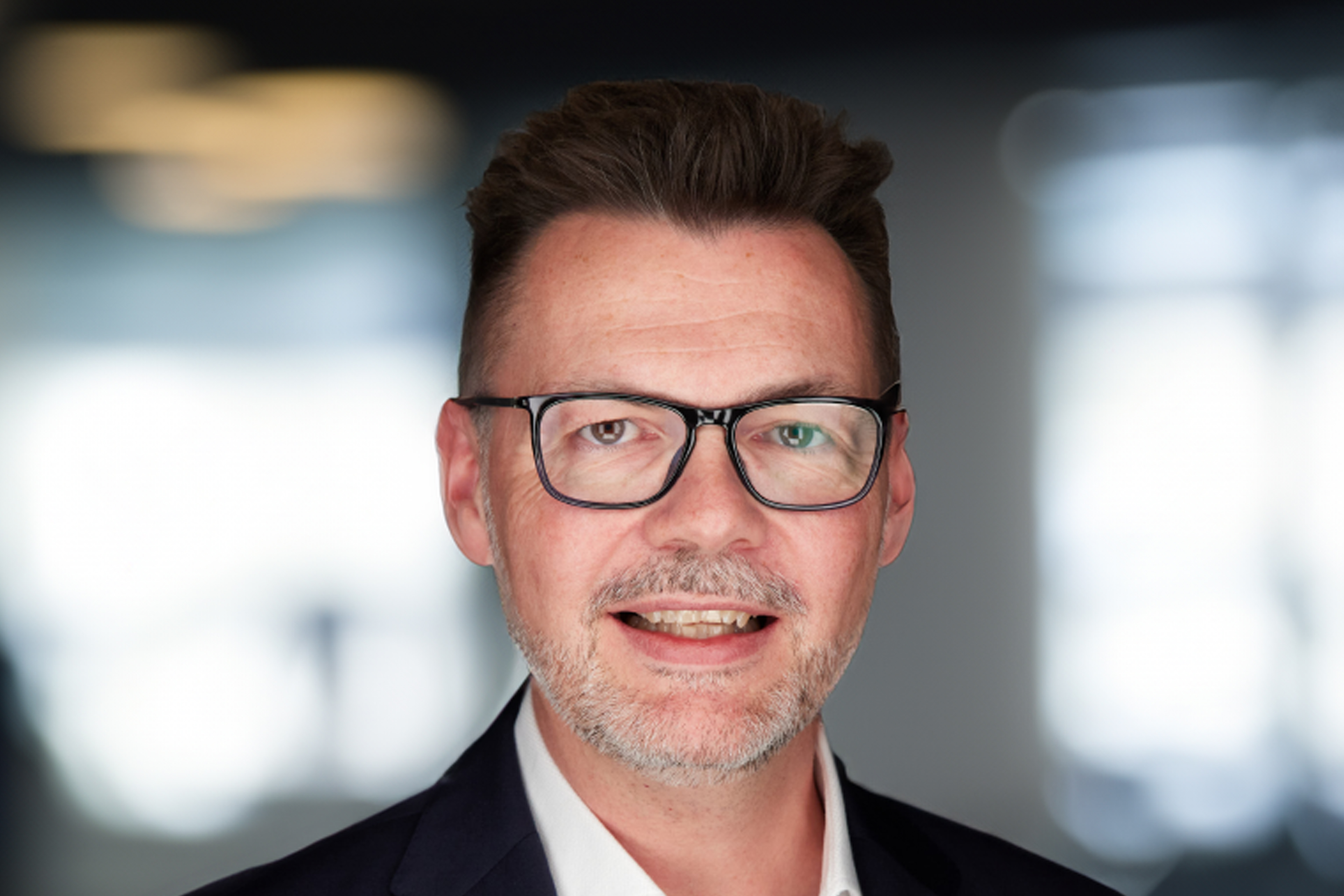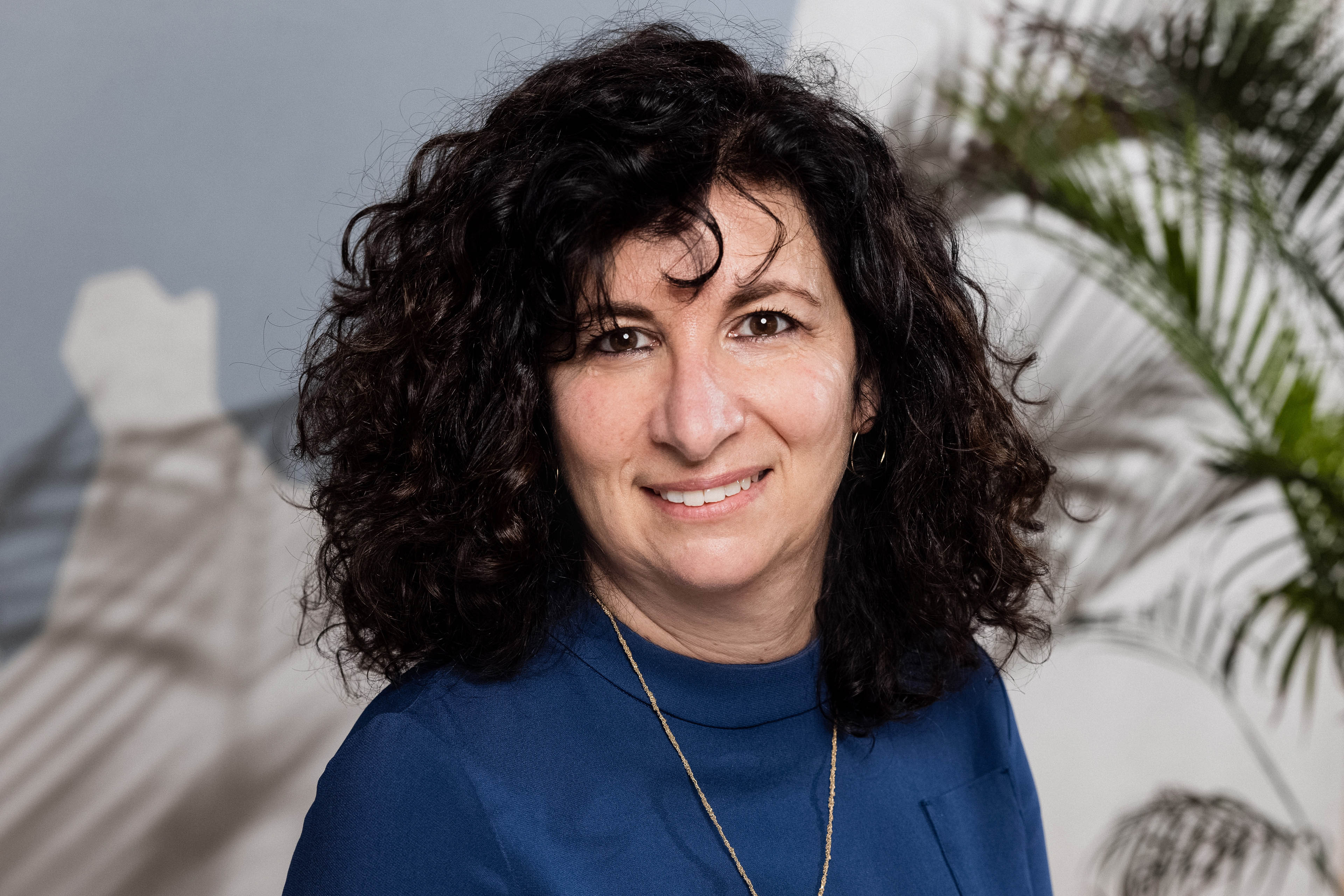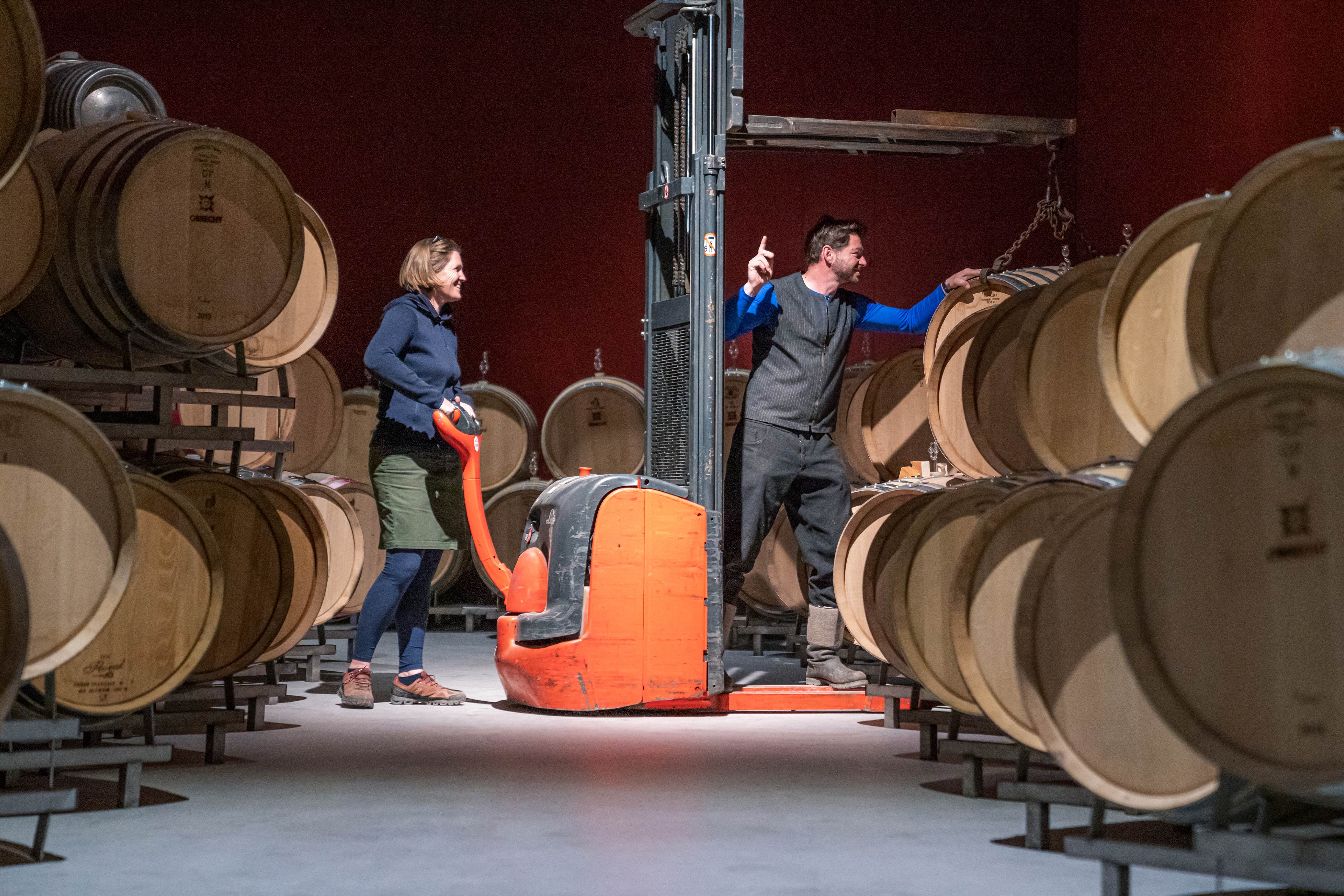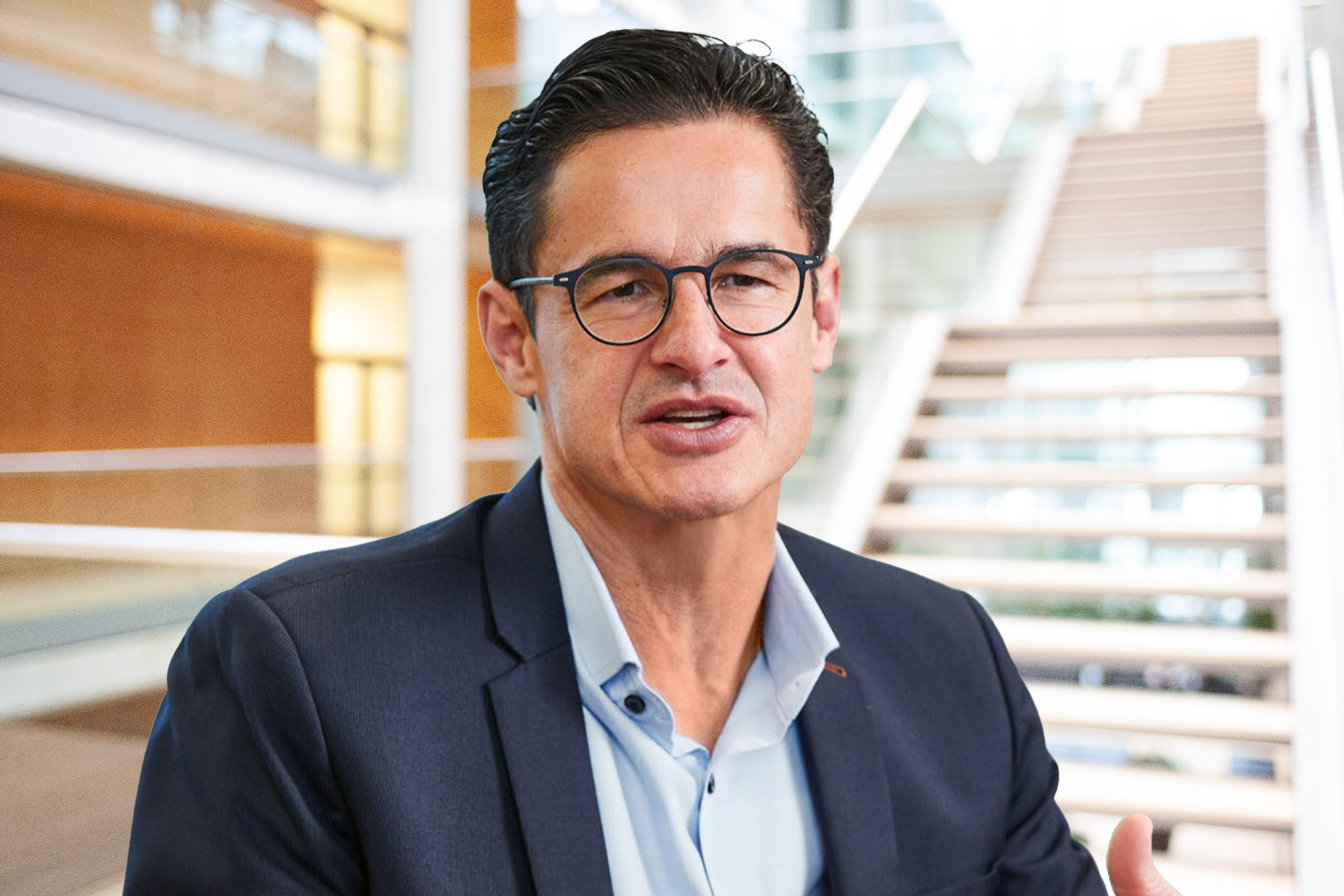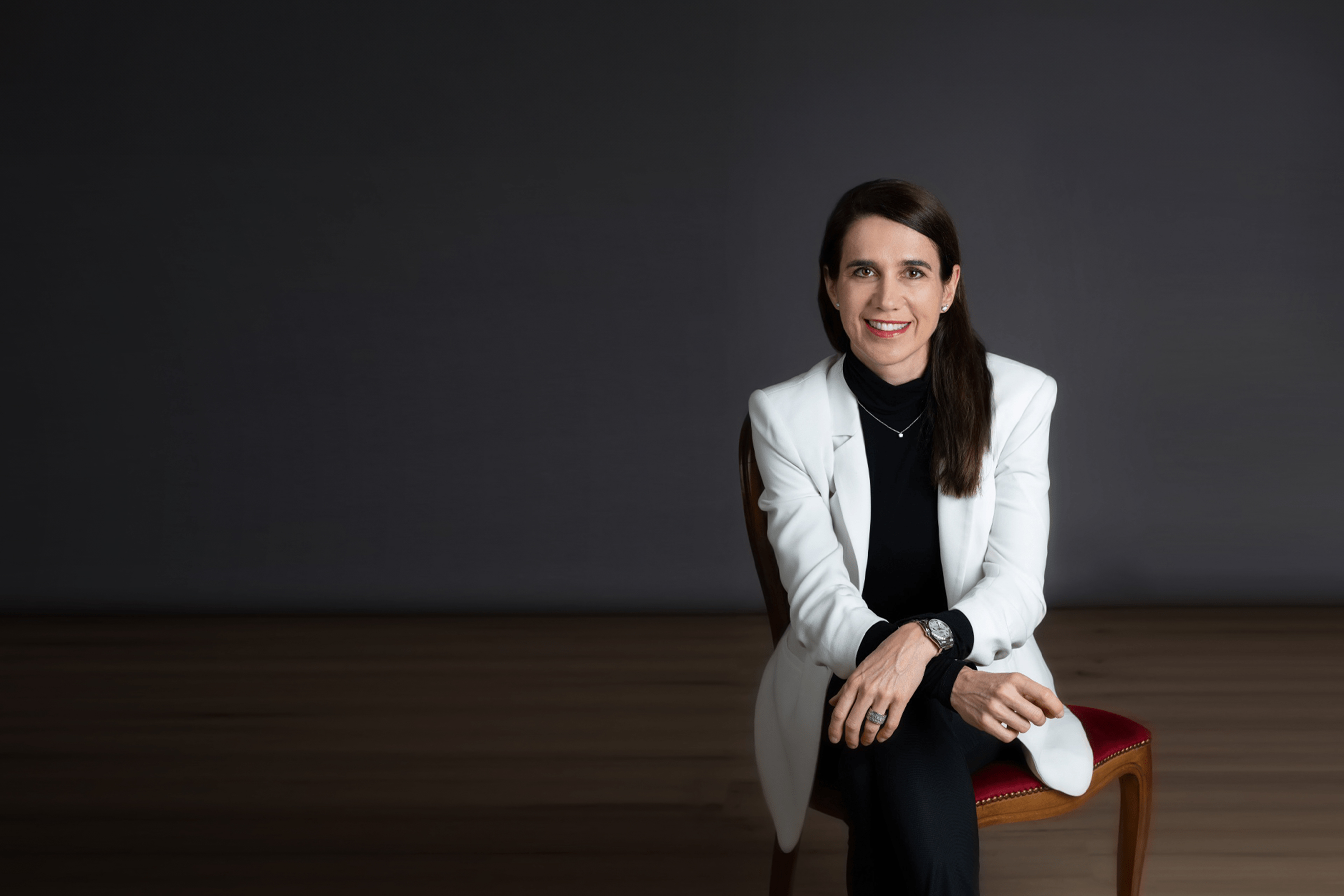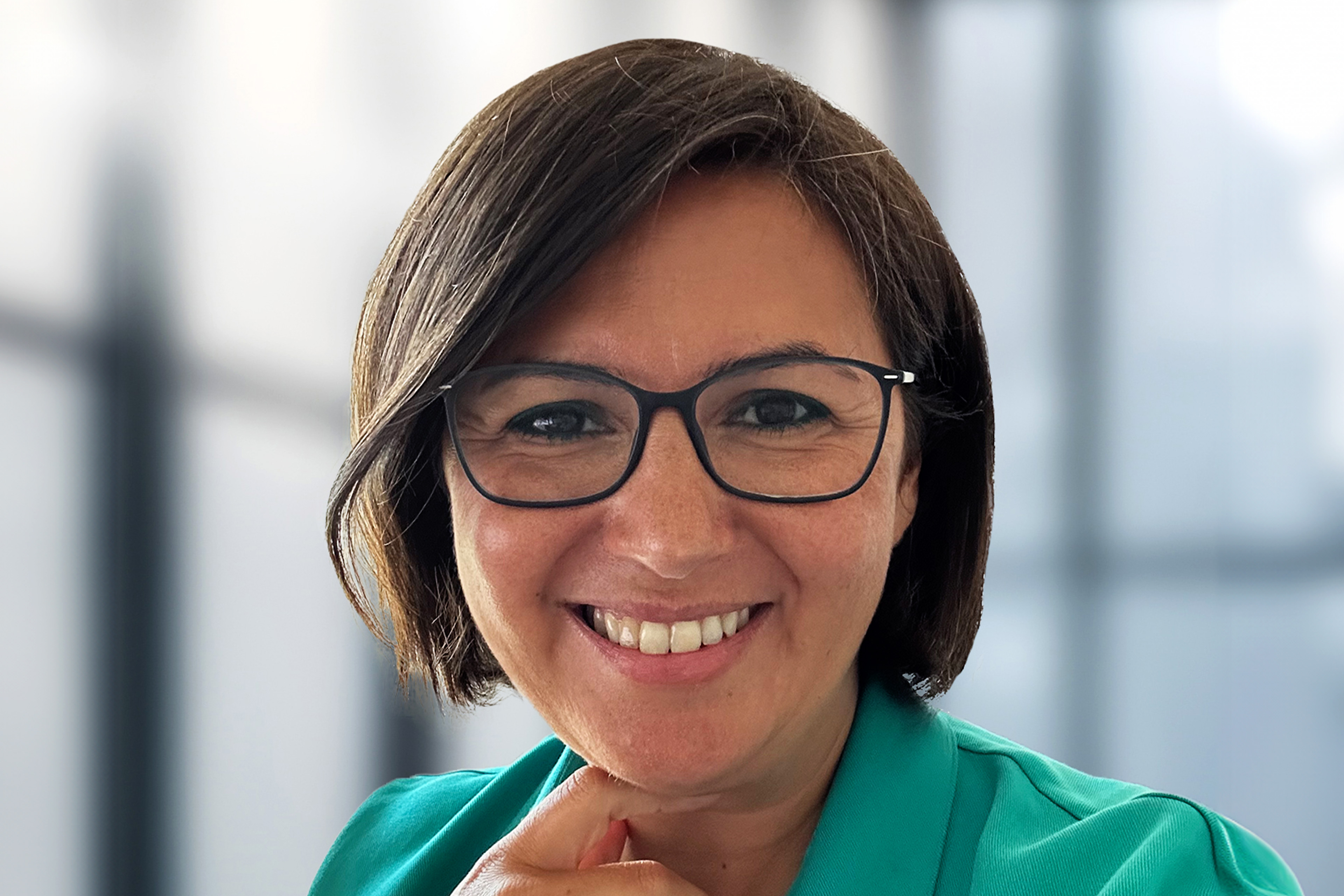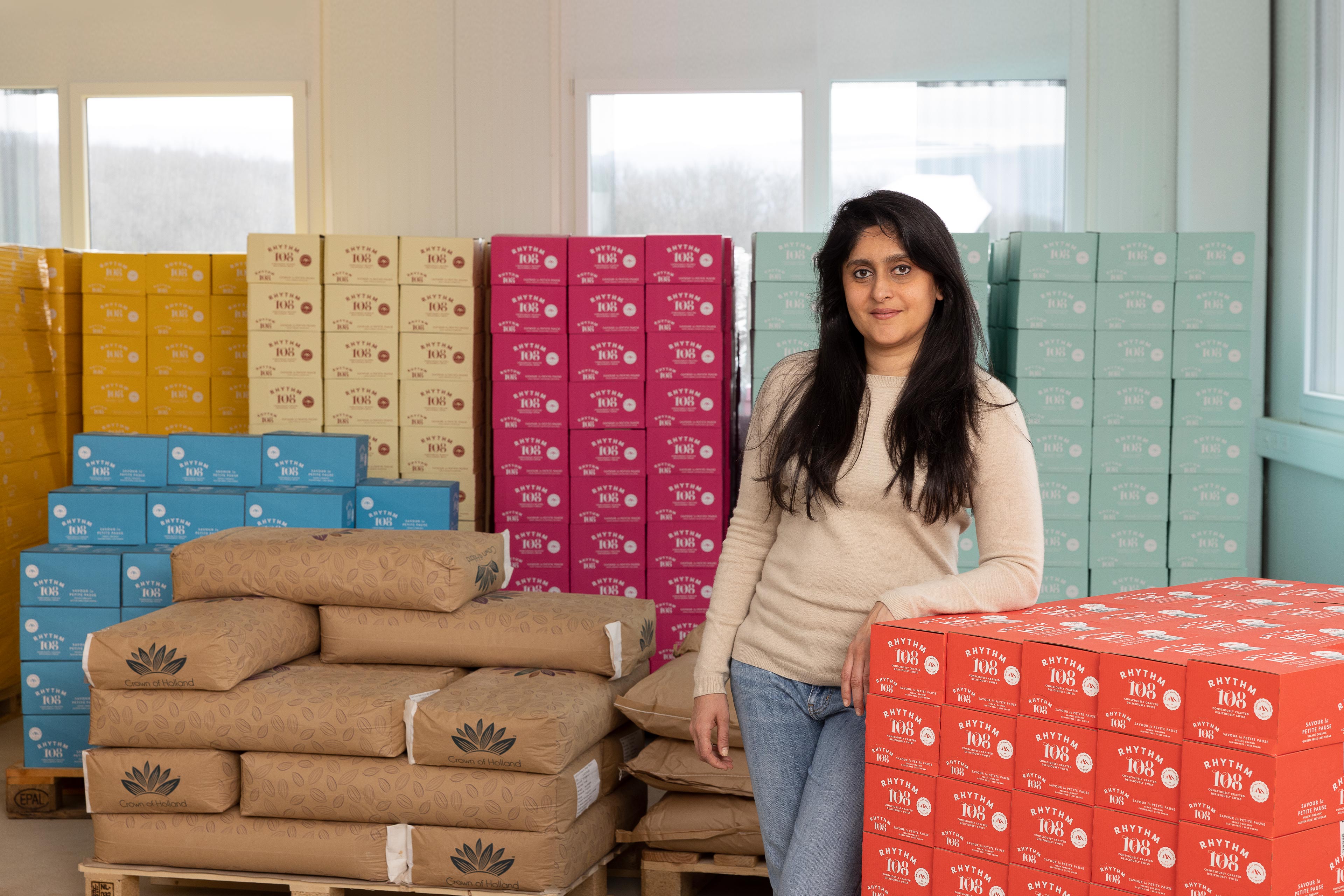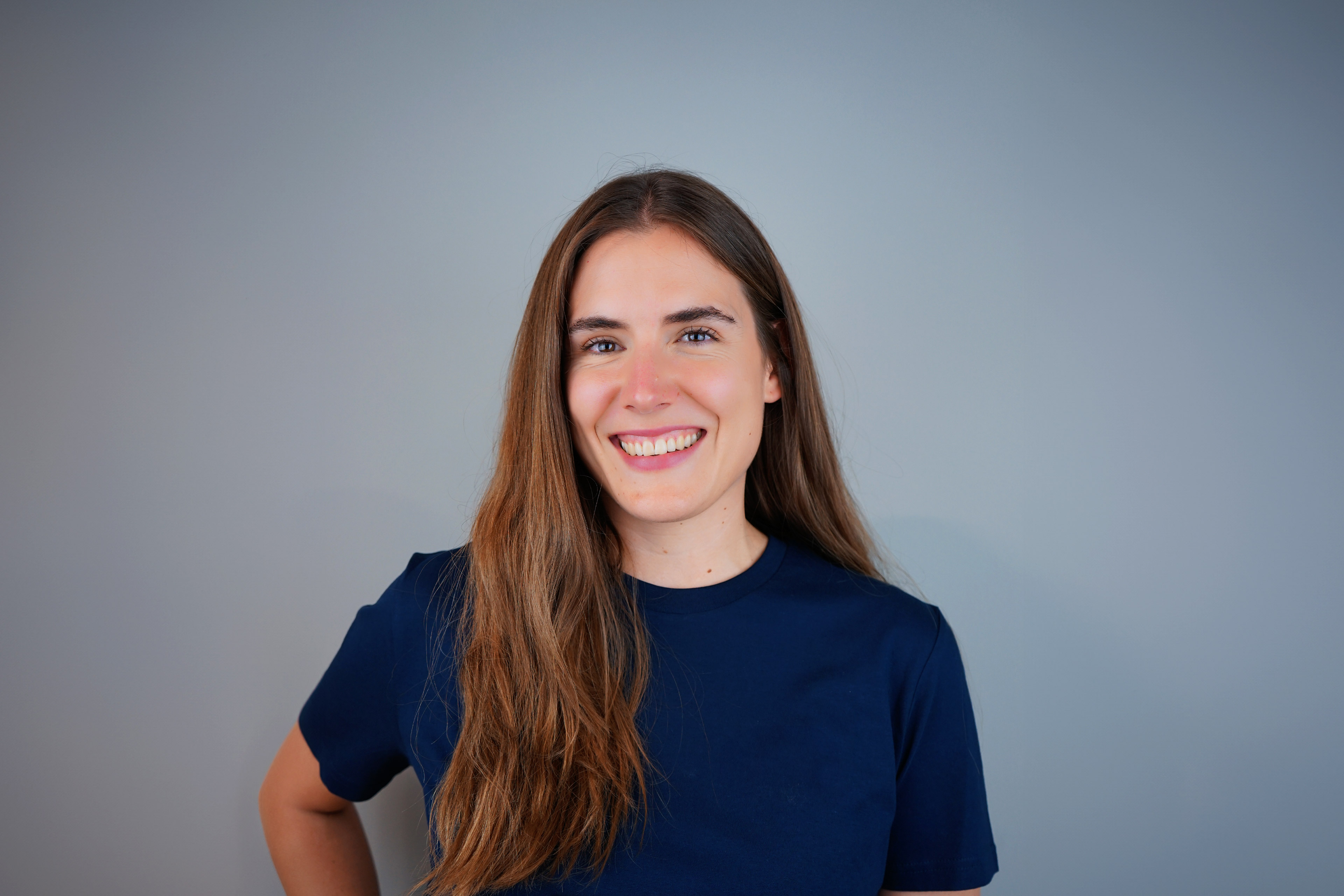EY refers to the global organization, and may refer to one or more, of the member firms of Ernst & Young Limited, each of which is a separate legal entity. Ernst & Young Limited is a Swiss company with registered seats in Switzerland providing services to clients in Switzerland.
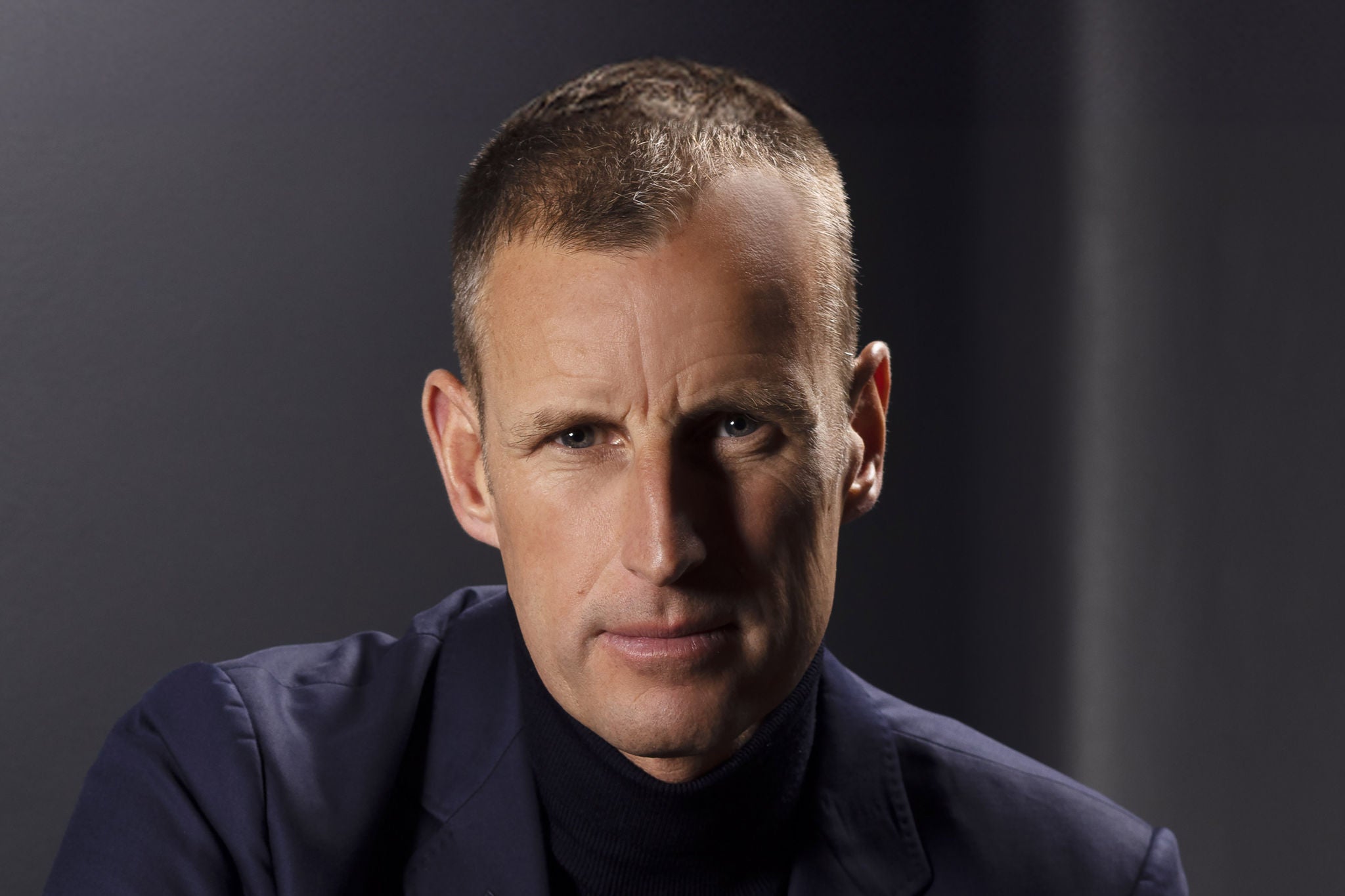
“A watch is probably the most sustainable luxury product ever.
Patrick Pruniaux
Patrick Pruniaux has a background in business administration and began his career in the watch industry at TAG Heuer. Always fascinated by innovation, he joined Apple in 2014 and oversaw the launch of the Apple Watch. Following a move to Kering in 2017, he managed the Ulysse Nardin and Girard-Perregaux watch brands. In 2022, Patrick Pruniaux spearheaded the historic management buyout and now serves as Chairman & CEO of these two brands within Sowind Group.
Patrick Pruniaux, Chairman & CEO of Sowind Group, leads two high-end watch brands under one roof: Ulysse Nardin and Girard-Perregaux. In our interview, he delves into the history, art and values of Swiss watchmaking and explains why he is so optimistic for the industry’s future.
As the Chairman & CEO of Ulysse Nardin and Girard-Perregaux, you led the historic management buyout from Kering, a multinational group that previously owned these brands. Can you tell us more about this and also your strategy behind keeping two brands under one roof?
I think we’re unique in the watch industry as brands leaving a group to regain independence – and through a management buyout. People say that small decisions usually take a long time, while big ones can happen very fast. You can make a major move in your life within seconds but agonize for months buying a new TV. My team and I feel this way about what has happened here, and we have deep faith in our decision. We have done a lot of work over the last seven years, and we inherited valuable assets from our predecessors, both in terms of manufacturing capabilities and products.
At the end of the day, while the two brands operate in the same market, they also compete with numerous other brands in the high-end horology field. We have very strong teams that are dedicated to their respective brands, with full autonomy to run their business. I am committed to preserving creativity for both Ulysse Nardin and Girard-Perregaux. They are high-end brands with a relatively limited production volume, numbering in the thousands rather than the hundreds of thousands. Financially, it seems like madness to separate them, but from a branding perspective, it is a strategic move that aligns with our long-term vision.
Does the extensive history of your brands give you an advantage in navigating today’s dynamic and highly competitive watchmaking industry?
Heritage brings a lot of legitimacy and relevance, especially in the current landscape. We know that watch lovers are attracted by the movement, obviously, but also by the innovation, and the brand narrative. Our legacies – over four centuries of cumulative history between both brands – reassures customers of our expertise and the technical value of the product. It is this combination of storytelling and history that makes our timepieces so desirable and we’re fortunate to have both in abundance. At the moment, we’re delving deep into the historical archives of our two brands. It is going to take us years to cover even a fraction of this vast heritage. We see it as treasure that will continue to inspire us for decades to come.
It is this combination of rich stories and history that makes watches so desirable and we’re fortunate to have both.
Watchmaking is part of Switzerland’s history. In today’s international market, is “Swissness” still relevant?
The Swiss commitment to high quality is more relevant than ever in today’s world. Allow me to explain: a watch is probably the most sustainable luxury product ever created; it has been around forever, and it is going to be around forever if properly cared for, especially high-end watches. We service models that are over two centuries old, and it is likely that in two hundred years from now we’ll be servicing watches manufactured today. It is an extremely durable product, and this is a value that resonates profoundly with today’s consumers, emphasizing the importance to focus on quality.
It is not only the spirit of the country but also the expertise, expressed by the French term “terroir”, meaning the people, the place, the environment, the ecosystem, our suppliers, the people we work with, our clients, every long-term perspective. I think it is this level of quality that prevails over everything and that is probably one of the key values and the key selling point for people navigating towards the luxury watch industry today. Despite some previous speculations expecting that youngsters would be less interested in watchmaking, we see a growing number of younger generations passionate about high horology. Over the last five years, and especially during COVID, we have witnessed an increasing level of knowledge from the end consumer. I am super optimistic about this industry. I think in general we’re going to see the appetite for nice watches growing. But it is critical to explain what we’re doing and how we do it. We’re based in La Chaux-de-Fonds, one of the cradles of watchmaking and of chronometry in particular. We invite our clients to visit our Manufacture. Transparency is at the core of our operations. Behind everything we’re doing, there is that sense of excellence.
How do you combine the best of “Swissness” with other cultures?
Since becoming Swiss myself, I have learned – and come to appreciate – the art of consensus. At Sowind Group, we are very careful, especially at leadership level, to balance different cultures, which are the result of factors such as academic and professional background, nationality, and mindset. Within the Executive Committee, our international members come from various sectors including the luxury industry, high-end horology, and mass luxury brands. This diversity creates a unique blend. Such balance is crucial, especially in an industry as traditional as watchmaking. It requires a fusion between knowledge of the industry and fresh perspectives.
Watches have been around forever and they are going to be around forever, especially high-end watches.
Another source of fresh ideas is collaboration among multiple brands, even across different sectors. Is this something you do?
Teaming up with another company can be a good way to express shared values, and we have done this several times for both brands. For instance, for Girard-Perregaux’s latest partnership, we have released a very limited edition co-created with Château Latour, one of the world’s finest wine estates. This partnership is rooted in our closely aligned values of subtlety, discretion, and excellence in everything we do.
Aston Martin and Girard-Perregaux have also been collaborating for over three years. The partnership is successful because it is very authentic and genuine. For whatever we do together, we naturally initiate a creative process, bridging both worlds. The worlds of cars and watchmaking are quite similar. Ultimately, the product has an engine inside. In our case, it requires to be created on a very small scale, and in theirs, the proportions are much bigger. But the level of expertise and complexity remains the same.
You’re wearing a Girard-Perregaux today. How do you personally represent two brands?
I am very fortunate because I can switch from one watch to another very frequently, depending on occasion and mood. I firmly believe that high horology watches are meant to be worn and enjoyed every day.
Featured articles and interviews
Sebastian Tobler, Co-founder and CEO of GBY SA
Sebastian Tobler is co-founder and CEO of GBY SA, which has developed a new approach for the rehabilitation of people with reduced mobility. An automotive engineer by training and trade, Sebastian Tobler’s life took a new direction when a bike accident left him paralysed. Alongside his entrepreneurial activities, he heads the SCI-Mobility Lab as Professor at the Bern University of Applied Sciences.
Originally from Naples where she grew up and studied physics, Luciana Vaccaro moved to Switzerland in 1996 to complete a PhD in microengineering at EPFL. She held various positions in research and education at the universities of Neuchâtel and Lausanne before heading the Grant Office at EPFL. In 2013 she took the reins of HES-SO as rector. Last October, Luciana Vaccaro was elected president of the umbrella organization swissuniversities and started in her new position on 1 February.
Francisca Obrecht, Weingut Obrecht
Peter Rupp grew up in Sargans, Switzerland, around 20km south of the Hilti headquarters in Liechtenstein. He studied Economics in St. Gallen, then took a post-graduate degree in Engineering in Winterthur.
Peter Rupp grew up in Sargans, Switzerland, around 20km south of the Hilti headquarters in Liechtenstein. He studied Economics in St. Gallen, then took a post-graduate degree in Engineering in Winterthur.
Monika Zihlmann, Global Digital Commercial Platforms
Monika Zihlmann, Vice President Global Digital Commercial Platforms at Smith+Nephew, discusses the trends and pressures shaping the medtech industry and explains why now is the time to embrace a multi-channel customer engagement model.
Serra Bicak is Senior Vice President Reckitt Africa Middle East at Reckitt Hygiene. She has lived and worked in eight different countries for various roles during her career in fast-moving consumer goods. Serra Bicak is passionate about diversity, equity and inclusion (DE&I) and leads Reckitt Hygiene’s gender balance program.
Siddhi Mehta, founder and CEO of Rhythm 108, talked to us about sustainability, craftmanship – and how her company combines heritage and innovation to take the Swiss chocolate tradition into the future.
Judith Häberli, CGO and co-founder of Urban Connect as well as EY Entrepreneur Of The Year™ 2023 Switzerland winner in the category "Emerging Entrepreneur", shares her motivation for starting a corporate mobility platform and explains why real change only happens when companies work together.



